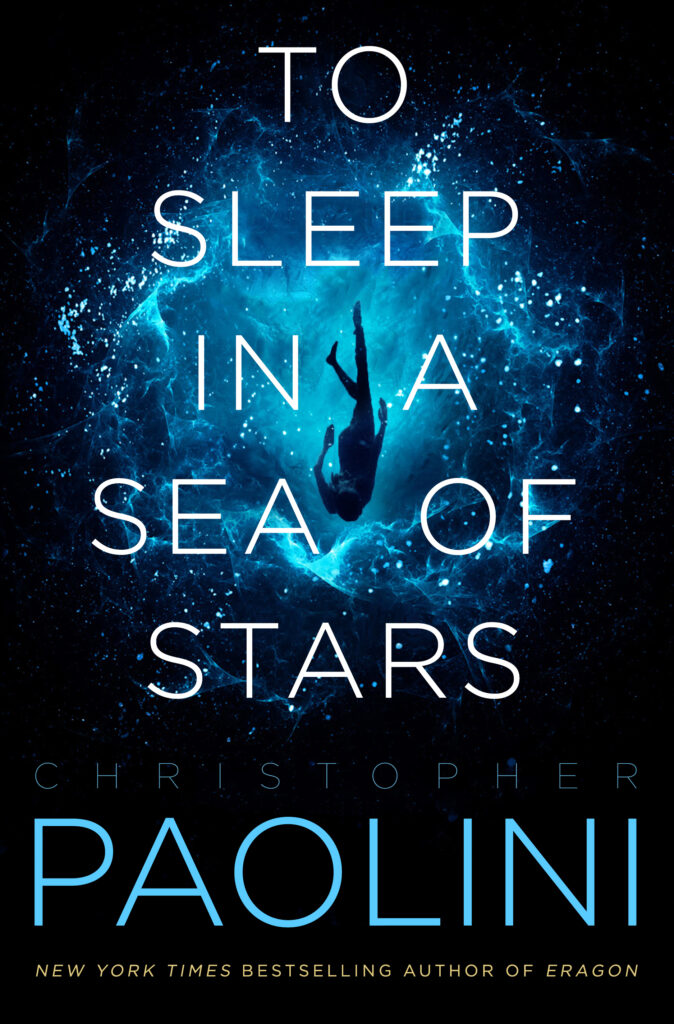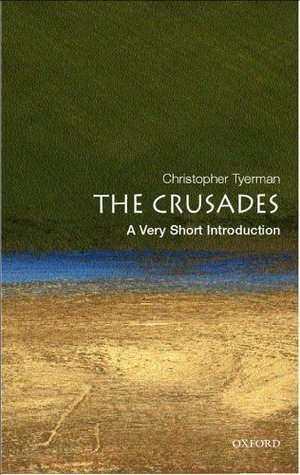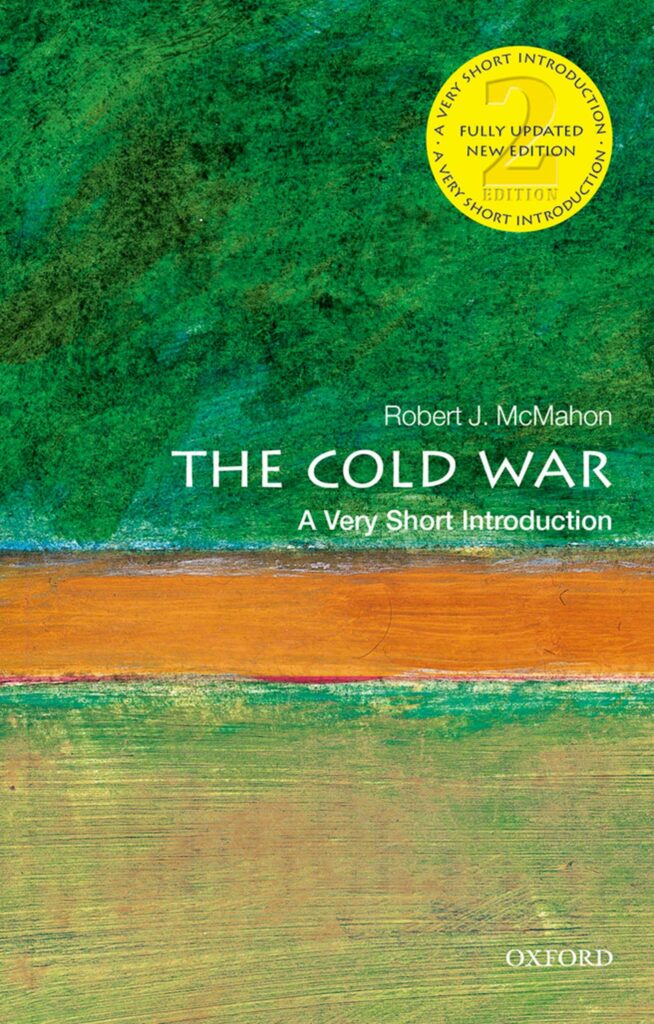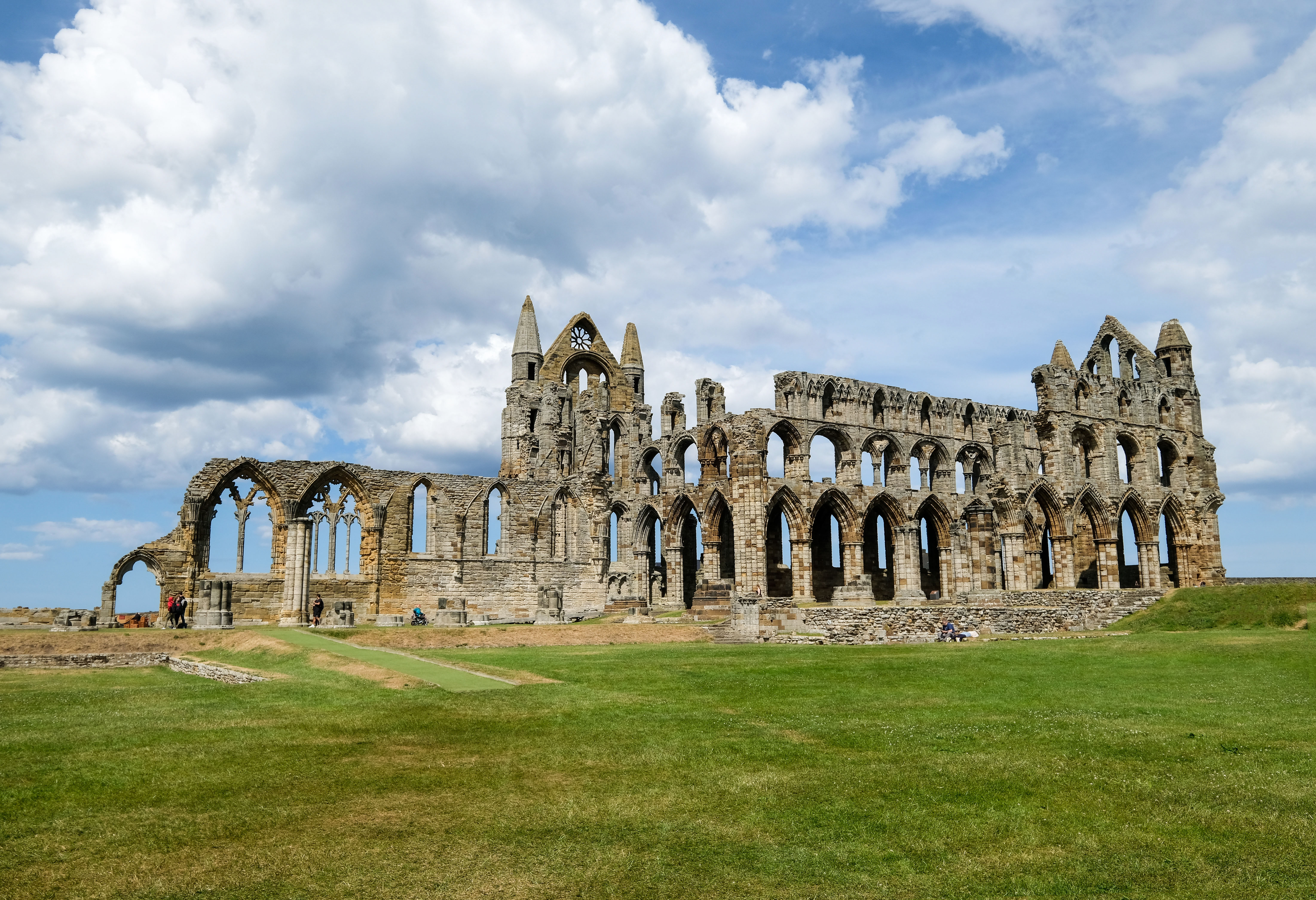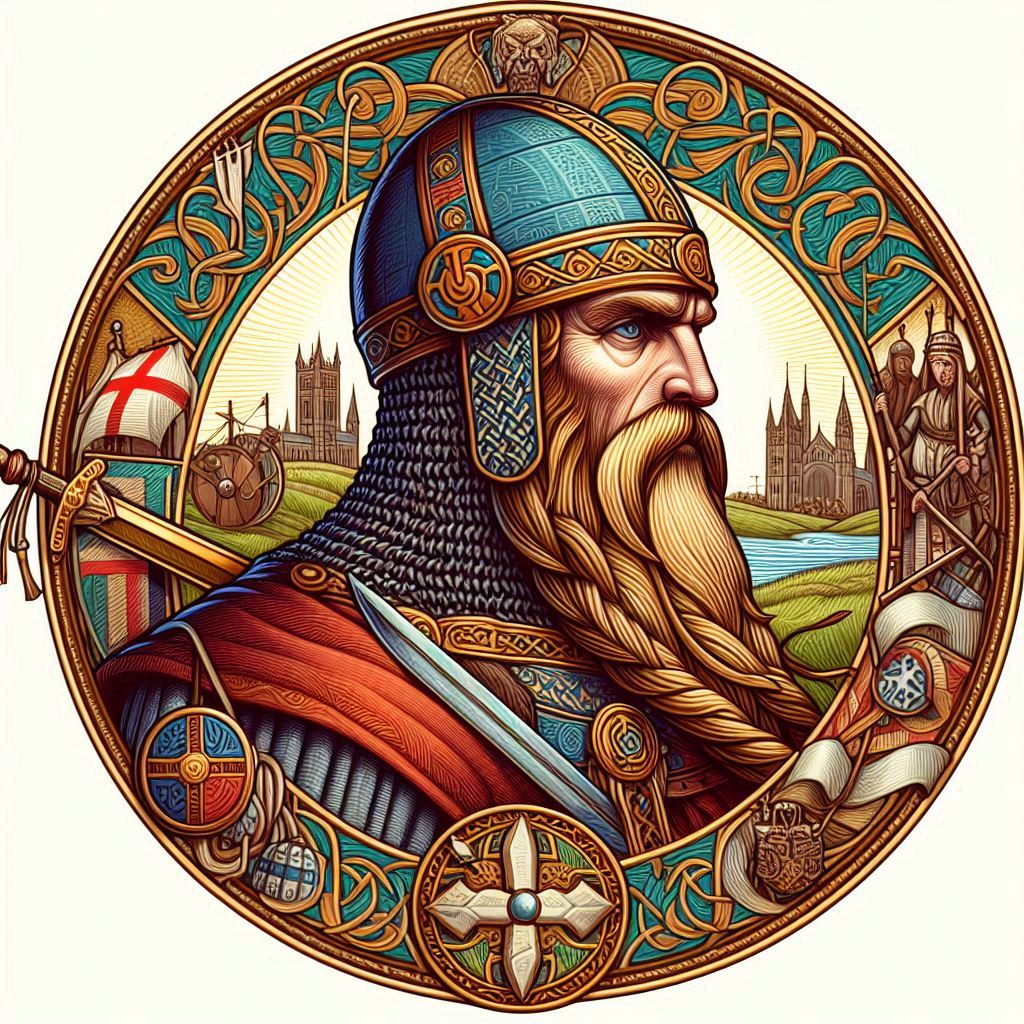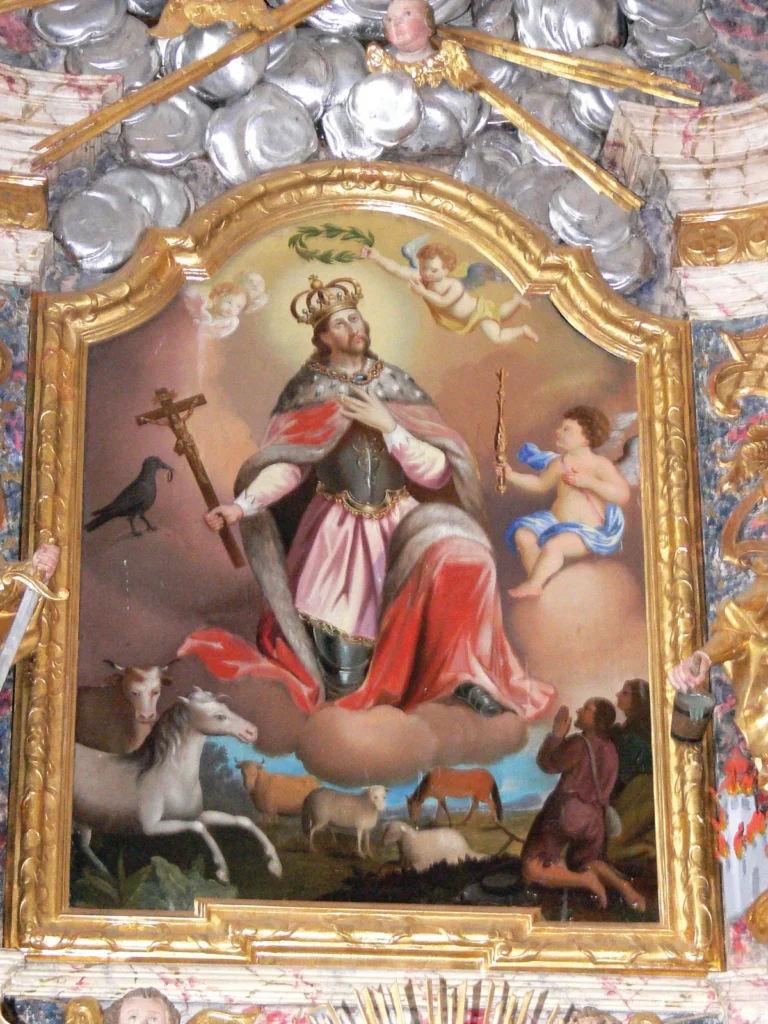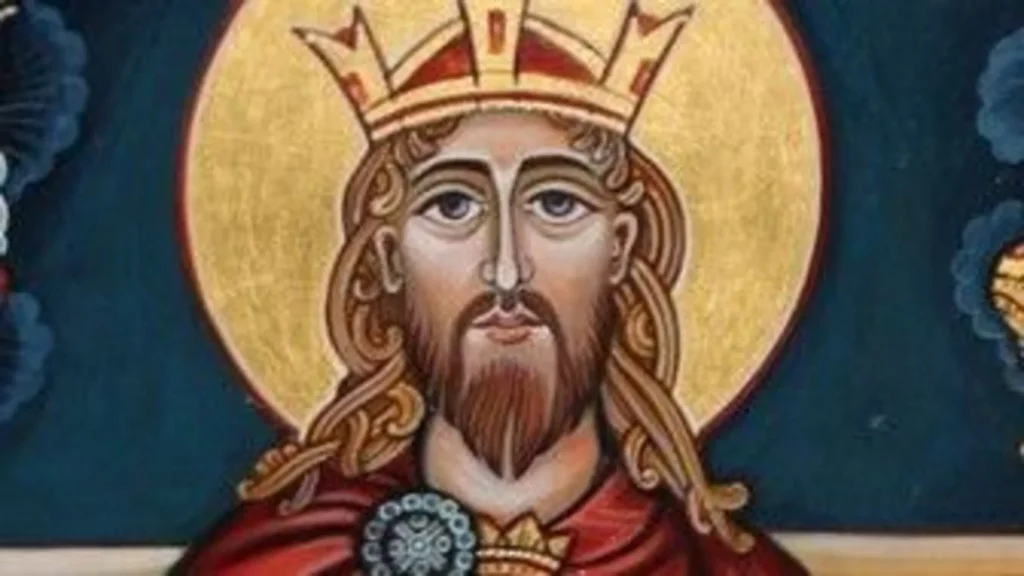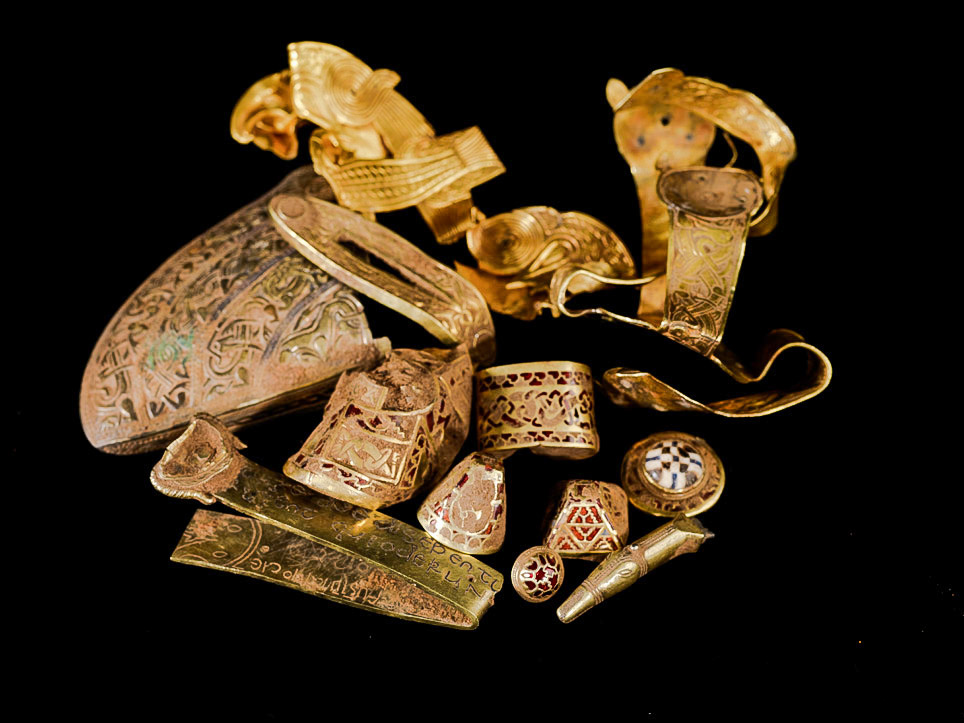
If the characteristic art of World War I was the poem, that of World War II was the novel. Perhaps it reached its highest form in Evelyn Waugh’s incomparable Sword of Honour trilogy, but there were many other fine novels reflecting on the war, such as The Cruel Sea, Schindler’s Ark and The Boy in the Striped Pyjamas.
This isn’t quite one of them. Elleston Trevor went on to write the successful Quiller spy series under the pseudonym Adam Hall. Squadron Airborne is formed from personal experience during the war; it largely follows a single squadron through a few weeks of the Battle of Britain, looking equally at pilots and ground crew, the point of view changing frequently. He does a good job of showing the importance of the ground crew to the whole battle but, presumably because the language was so second nature to him, he uses air force terminology so liberally throughout the book that it’s often hard to understand what exactly is going on: I still don’t know what a mag drop is and why it’s important.
Read for an insight into how all the members of a squadron played a vital role in getting and keeping the planes airborne.
